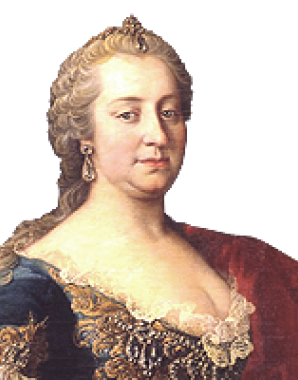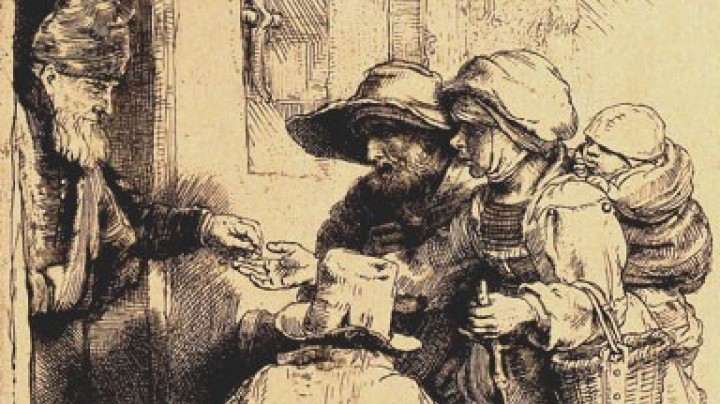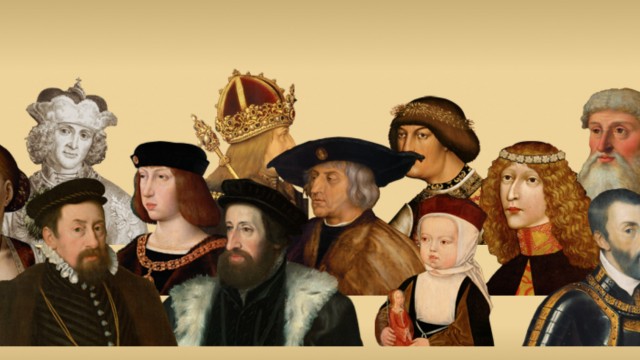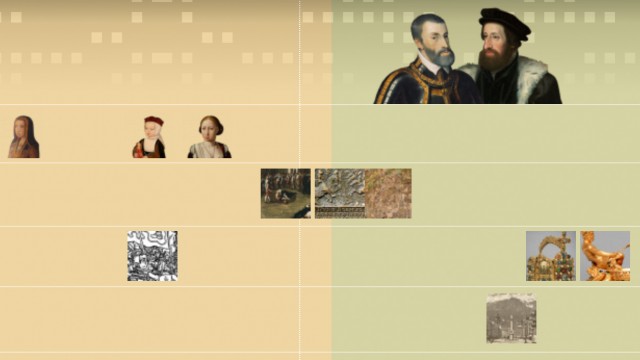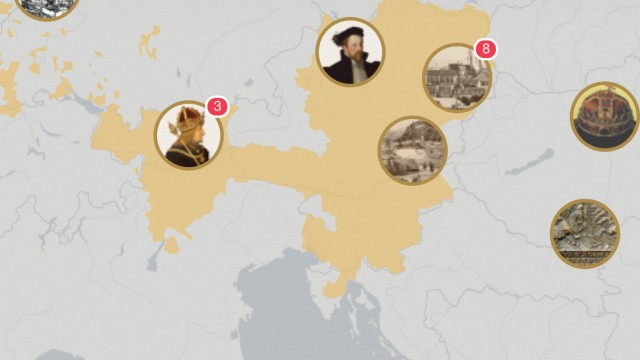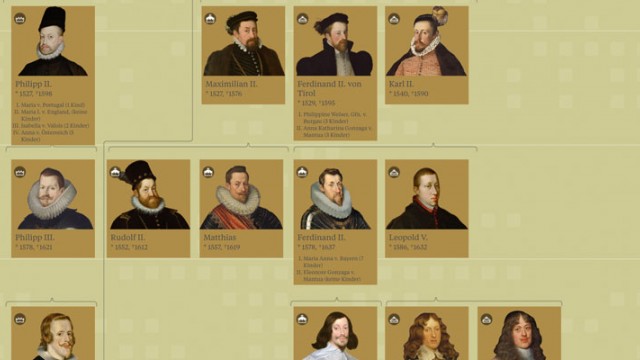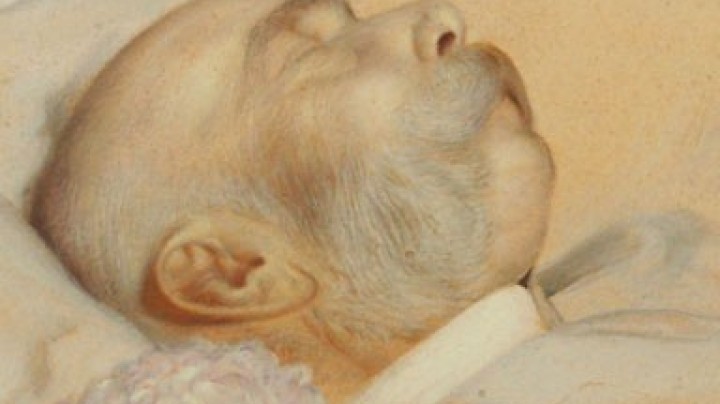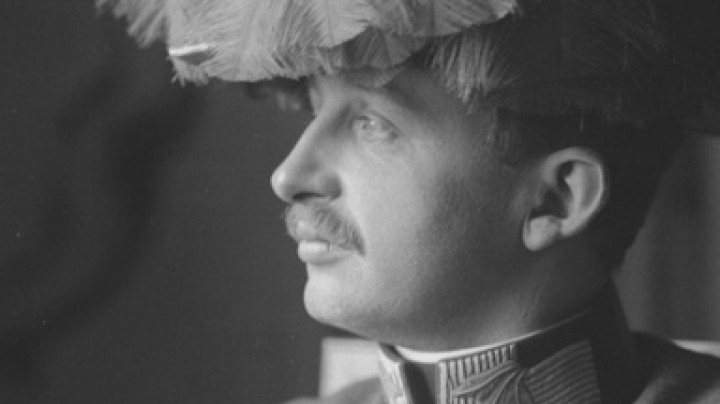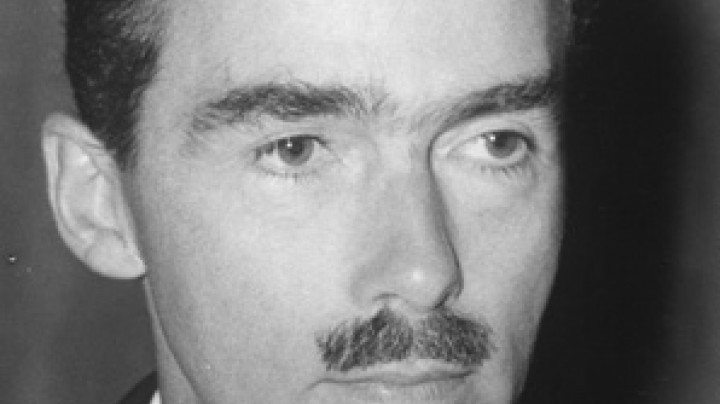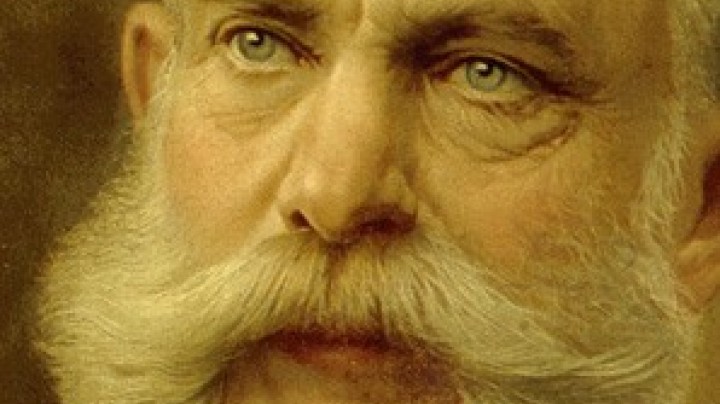St Nicholas’ Day gifts and a fortune ‘under the mattress’ – What Maria Theresa earned and did with her money
It may not have been ‘under the mattress’ that Maria Theresa kept large sums of money, but it was at least in her own room. But what was not always kept were exact accounts of her personal expenditure.
When Maria Theresa died in 1780 the first thing that had to be done was to bring some order both to her finances and to those of the Monarchy. A large sum of money, to be precise 3,943 gulden and 44 kreuzer, was found in the sovereign’s room. In addition, at the time of her death the so-called Privy Chamber Payments Office (Geheimes Kammerzahlamt) was managing more than 300,000 gulden. By way of comparison: in the year of Maria Theresa’s death a day-labourer earned about 15 kreuzer and a kilogram of bread cost around 4 kreuzer.
It is difficult to ascertain how much of this money was part of the monarch’s personal fortune and how much was part of the state budget. However, the role of the Privy Chamber Payments Office was to provide money for the needs of the sovereign and members of the imperial family. Maria Theresa received more than 150,000 gulden per year from this office as the so-called Chamber Payment (Kammerdeputat), as well as additional monthly payments of 8,000 gulden on the first day of the month and 4,000 gulden on the fifteenth day of the month. The accounts also include Chamber payments to Joseph II as well as payments to Archduke Maximilian and his sisters Maria Anna and Maria Elisabeth. In addition to this expenditure, which represented the largest items, the Privy Chamber Payments Office was responsible for all kinds of expenses: it remunerated spies, paid out bribes to foreign informers and financed the monarch’s patronage. There was also the expenditure required to fit out and equip Court employees and if necessary to make a payment to them when they left the Court’s service. For example, when they married they received a payment of 32 gulden, while personal servants might receive up to 2,000 gulden. According to the account books Maria Theresa was prepared to make an additional 6,000 gulden available for St Nicholas’ Day presents for Court servants. Children who were baptized received no less a consideration: when the monarch acted as a godparent they or rather their parents were presented with a sum of money. In the course of her reign Maria Theresa was godparent to 115 children.



